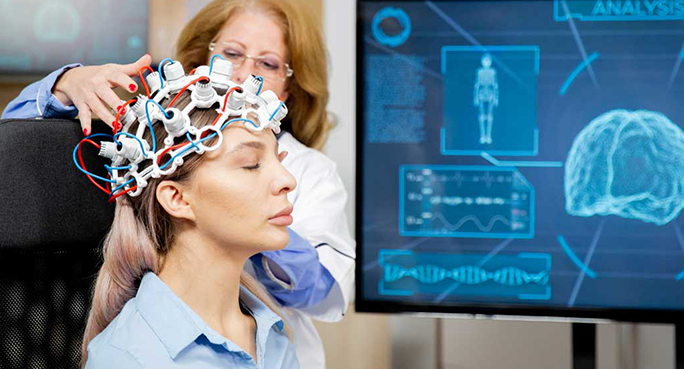- 2700 12 th Avenue South Suite D Fargo, ND 58103
- [email protected]
- 2700 12 th Avenue South Suite D Fargo, ND 58103

Beyond its diagnostic applications, EEG technology is also playing a crucial role in the development of brain-computer interfaces (BCIs). BCIs offer a direct communication pathway between the brain and external devices, opening up exciting new possibilities for individuals with disabilities and for advancements in human-computer interaction.
How BCIs Work:
BCIs use EEG to detect brain activity and translate it into commands that can control external devices, such as:
The Future of BCIs:
The field of BCIs is rapidly advancing, with ongoing research focused on developing more sophisticated and user-friendly systems. BCIs have the potential to transform the lives of individuals with disabilities, providing them with greater independence and control. Furthermore, BCIs are also being explored for applications in gaming, virtual reality, and other areas, paving the way for new forms of human-computer interaction.
At SOMA, your health and comfort come first. If you need an electro-neurodiagnostic study, do not hesitate to contact us. We bring the most advanced technology and the experience of our professionals directly to your home.
+1-(701) 361-6872
2700 12 th Avenue South Suite D Fargo, ND 58103
© 2025 Created